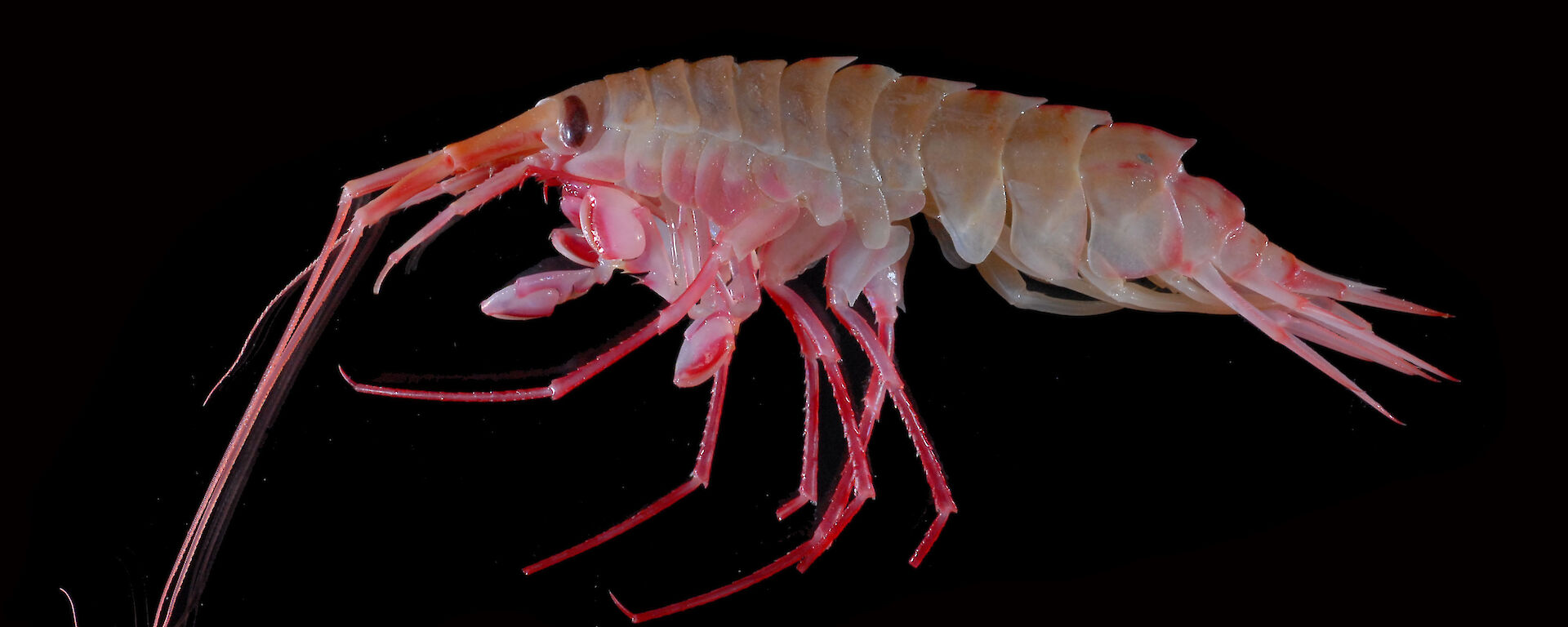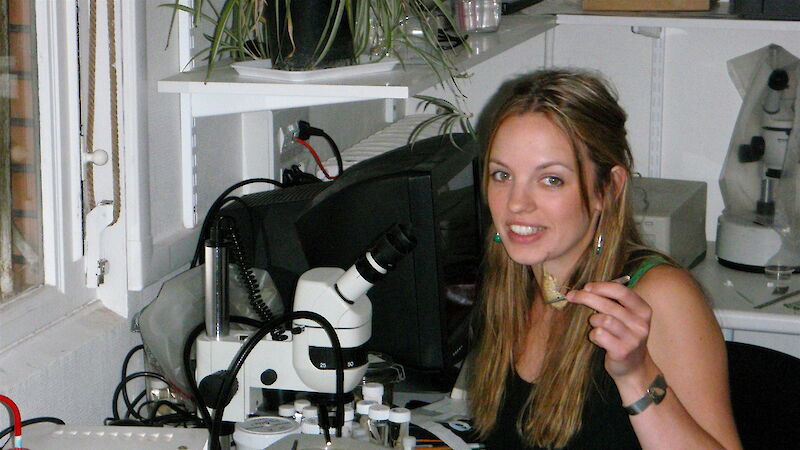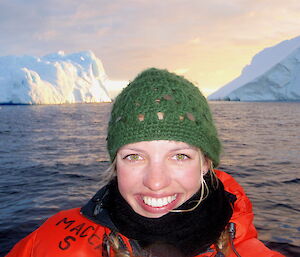Australian Antarctic Division researcher Dr Helena Baird has been invited to share her research on ‘giant’ crustaceans and other Antarctic sea floor creatures with Nobel laureates at a prestigious meeting in Tokyo, Japan, in February 2013.
Dr Baird is one of only five young Australian scientists selected to attend the ‘HOPE Meeting’, organised by the Japan Society for the Promotion of Science, based on the strength of her PhD research.
The annual HOPE meetings provide outstanding young researchers, from some 19 countries in the Asia-Pacific region, with opportunities to discuss their research with Nobel laureates in Chemistry, Physics and Physiology or Medicine, as well as other distinguished scientists. The delegates also learn techniques to communicate science in an engaging and accessible way, and participate in cultural activities.
“Embarking on a career in science can be daunting and I am keen to learn of the challenges the Nobel laureates have faced throughout their own journey and how they overcame these,” Dr Baird says.
“The opportunity to meet scientists who have attained the highest achievement possible, will be an exciting privilege and an inspiration.
“I am also interested in the concept of ‘Art in Science’ promoted by HOPE. As scientists, we have a duty to explore more creative ways to express ourselves and our research, in order to reach the wider public, and I’m looking forward to discussing this concept with other meeting delegates.”
Dr Baird completed her PhD in December 2011 under the supervision of Australian Antarctic Division ‘benthic’ (sea floor) ecologist, Dr Jonny Stark, and Antarctic biologists Dr Karen Miller and Dr Patti Virtue, from the Institute for Marine and Antarctic Studies.
During her PhD Dr Baird collected specimens of two Antarctic ‘amphipod’ species (small crustaceans) from depths of up to 900m. By examining sections of their DNA, she discovered that the two species were in fact seven.
“Amphipods are usually only about 1cm in size, but in Antarctica they are considered giants because they can grow up to 10cm,” Dr Baird says.
“My research raises the question that if we have failed to recognise the true biodiversity of these giants until now, where does that leave the vast majority of much smaller marine organisms?
“We are at risk of losing species as a consequence of climate change, before we have even had the chance to describe them.”
Dr Baird uses a technique known as DNA barcoding to differentiate between marine organisms that look the same.
“In the ocean, animals may appear physically similar but differ genetically because, in some instances, chemical recognition is thought to be more important than visual recognition underwater. So DNA barcoding is an important tool to help document the true diversity of life on earth,” she says.
Dr Baird also uses more traditional ecological techniques to show that, for example, the reproductive cycle of some benthic invertebrates is closely tied to sea ice dynamics — another topic she will explore with HOPE meeting delegates.
“My ecological work involved recording abundance, determining reproductive status, and measuring body size, for over 6000 amphipod specimens from a variety of sites around Casey station. This information was combined with data on sediment characteristics and sea-ice coverage,” Dr Baird says.
“This work demonstrated the high vulnerability of Antarctic benthic organisms to future climate change.”
The Australian Academy of Science will fund Dr Baird’s travel to Japan to present her research.






